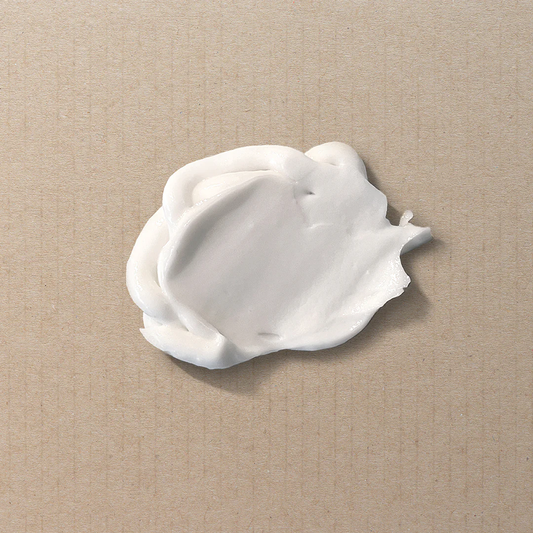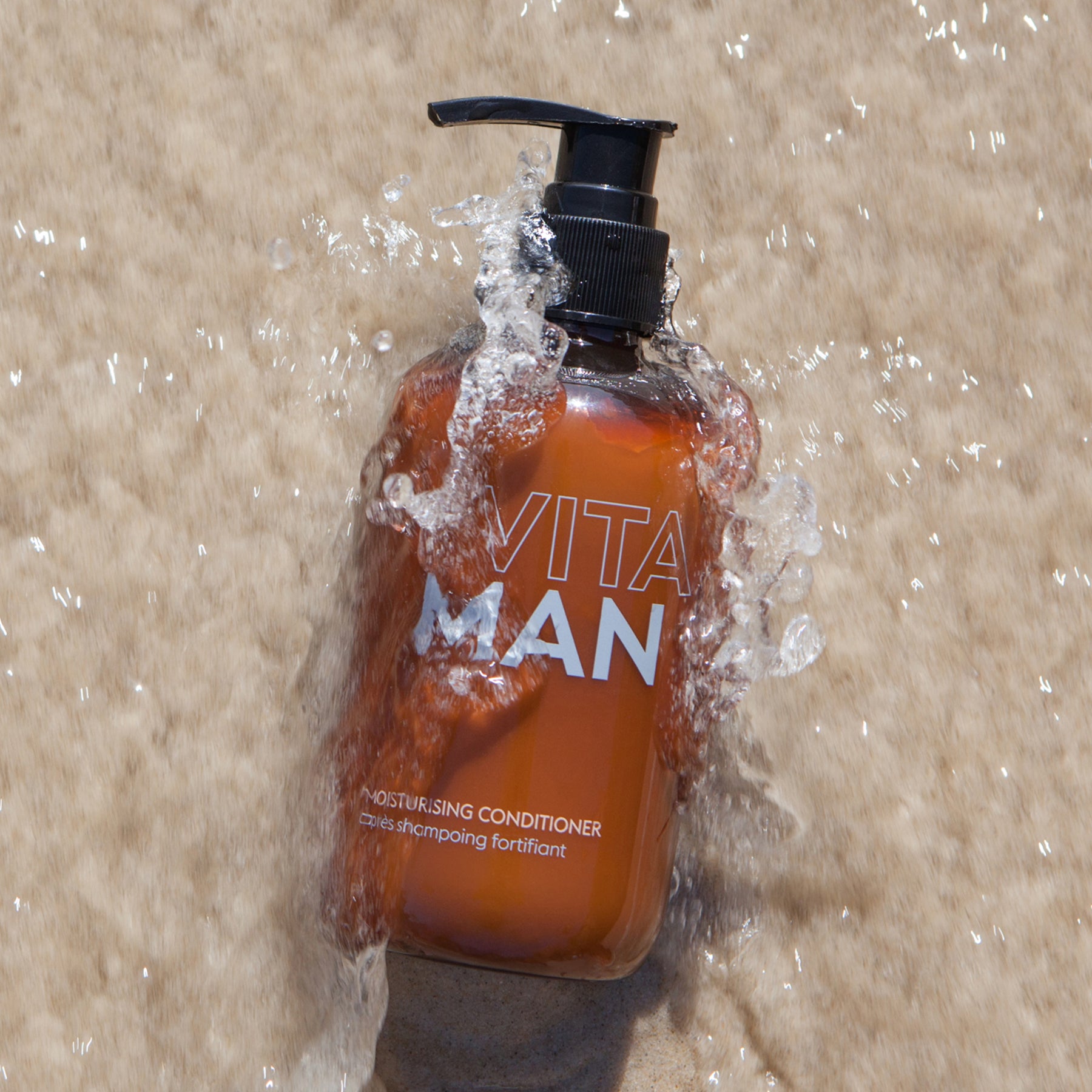We know you've got a lot on your plate, but there's one itch you can't ignore - an armpit rash.
We're talking redness, burning, and all-around discomfort. But don't sweat it - treating armpit rash is a breeze, and you can be rash-free in as little as two weeks.
We've got some tips and tricks to help you banish that pesky rash for good, so you can get back to conquering your busy day!
 Different types of rashes
Different types of rashes
The best thing to do now is determine what kind of rash it is. A doctor can help you with this, but each type of rash has its own signs.
Here are the most common types of armpit rash:
Allergic Reactions
What causes it?
Eating or coming into contact with something you’re allergic to.
Signs
- Red rash
- Dry and itchy skin
- Blistering skin
Treatment
The most common allergens in soaps and deodorant resulting in a rash via skin contact (AKA contact dermatitis) are aluminium, alcohol, perfumes, and parabens (a family of preservatives which can disrupt the balance of your body’s hormones).
Look for products that don’t contain these, and see if this helps solve your rash. Food allergies and reactions to insect bits can also cause such rashes- if you suspect this, your doctor can help you arrange an allergen test (which will be good for your overall health in either case).
Antihistamines may also help in the short term- but some of these make you drowsy.
Eczema
What causes it?
Eczema is a chronic skin condition which causes inflammation. It is not contagious.
Signs
- Red rash
- Itchy, cracked and swollen skin
- Greasy, clear fluid coming from your skin
Treatment
This is an ongoing condition. Your best bet is to see your doctor, who will likely prescribe a steroid cream and possibly vitamin D supplements- both of these will help to minimise future breakouts.
Focusing on naturally sourced cleansers and antiperspirants will also help reduce irritation of the existing eczema.
Fungal Infection
What causes it?
A fungus, such as candida or tinea/ringworm, gets under your skin and thrives in warm, moist environments such as your armpit. I won’t apologise for using the word ‘moist.’ I’m trying to help you, chaps.
Signs
- Red, itchy and dry skin
- Possible swelling
- In the case of tinea, the rash will be shaped like a ring
Treatment
As well as keeping the area clean with the least irritating products possible, there are a range of anti-fungal creams available over the counter. It’s important to note that different ingredients attack different kinds of fungus.
Follow the directions on the packaging, and if the rash persists after the recommended treatment period, get advice from your doctor or chemist.
It’s important to know that this type of rash is contagious, so you should thoroughly wash any clothes or bedding that came into contact with your armpit as well- using natural, low allergen washing powder or liquid, and preferably hot water if you can.
 How do I get rid of armpit rash?
How do I get rid of armpit rash?
There are a few simple steps to try first to clear up the rash under your armpit.
- Wash your armpits thoroughly with a natural body cleanser. Do not use soap - it strips your skin of its natural protective oils (Sebum) and can irritate your reddened pits even more!
When selecting a body cleanser, make sure you're using one with natural ingredients. Ditch anything containing Alcohol or perfum (fragrance) - these products simply serve to make the problem worse.
Bonus points for tea tree oil and witch hazel - both of these are naturally occurring antibacterial agents which help sterilise and soothe your inflamed skin.
- After cleansing, allow your pits to dry naturally. Avoid rubbing them with a towel - this can aggravate your skin.
When your skin is dry, apply a small amount of talcum or baby powder to the area. This soothes your skin further and reduces sweating, which can aggravate a rash.
- Rashes thrive in heat and moisture, so try to keep the area cool and dry as much as possible when you’re not washing it.
- Avoid tight clothing and wear clean clothing every day. This allows your skin to breathe more easily, which may help the rash settle down.
- Give your clothes the same treatment as your skin, with a natural, low allergen washing powder or liquid, and skip the fabric softener. Use hot water if you can.
- Use a natural men's body spray - a worrying amount of deodorants are filled with chemicals like aluminum and alcohol. These can wreak havoc with your skin, causing severe itching, blisters, red patches, redness or a burning sensation.
- Ditch the anti perspirant. Anti perspirants work by blocking your pores, thus physically preventing sweat from making it to the surface.
Some men find this irritates their skin and that switching to a natural deodorant allows your body to detoxify, releasing bacteria and chemicals like BPA through sweating. It helps decrease your body's internal temperature - keeping you cooler.
- Be patient. Most rashes won’t just clear overnight. It’s best to monitor the rash for two weeks while you’re treating it, and see your doctor if you don’t notice an improvement
- Do not scratch the rash. Scratching the rash irritates your skin further and, if the cause of the rash is fungal, you risk transferring the rash to other, more sensitive areas of your body.
To avoid scratching, trick yourself. Tell yourself, “OK rash. I’ll scratch you in ten minutes.”
Then, start doing something you know will take longer than ten minutes. Hopefully you’ll get so absorbed in your task, the itch will fade away (or at least be less maddening).
What if a rash doesn't go away?
I know we men don’t like to admit when we need help, but look at it this way- you’ve tried to help yourself, and if that hasn’t worked, it doesn’t make much sense to keep doing the same thing and expect a different result.
On the other hand, if your rash has gotten worse - you must see your doctor.
Here’s your checklist of what you should arrange:
- Allergy tests
- Testing for fungal conditions or eczema
- A referral to a dermatologist (skin doctor) for a more detailed examination (this can be expensive- it might be better to get the results of the allergy, fungal and eczema checks first)
Conclusion
Armpit rash is a problem to be tackled, not ignored in the hope it'll go away.
If you're looking to swap out your "go-to" deodorant for a natural, long lasting body spray, click here to discover our GQ award-winning Natural Men's Deodorant.
It won't give you painful, stinging underarm rashes, it doesn't block your pores like antiperspirant and it won't leave your shirts stained and crispy at the end of the day.
Whatever you decide to do - don’t scratch that itch. Crush it!



















